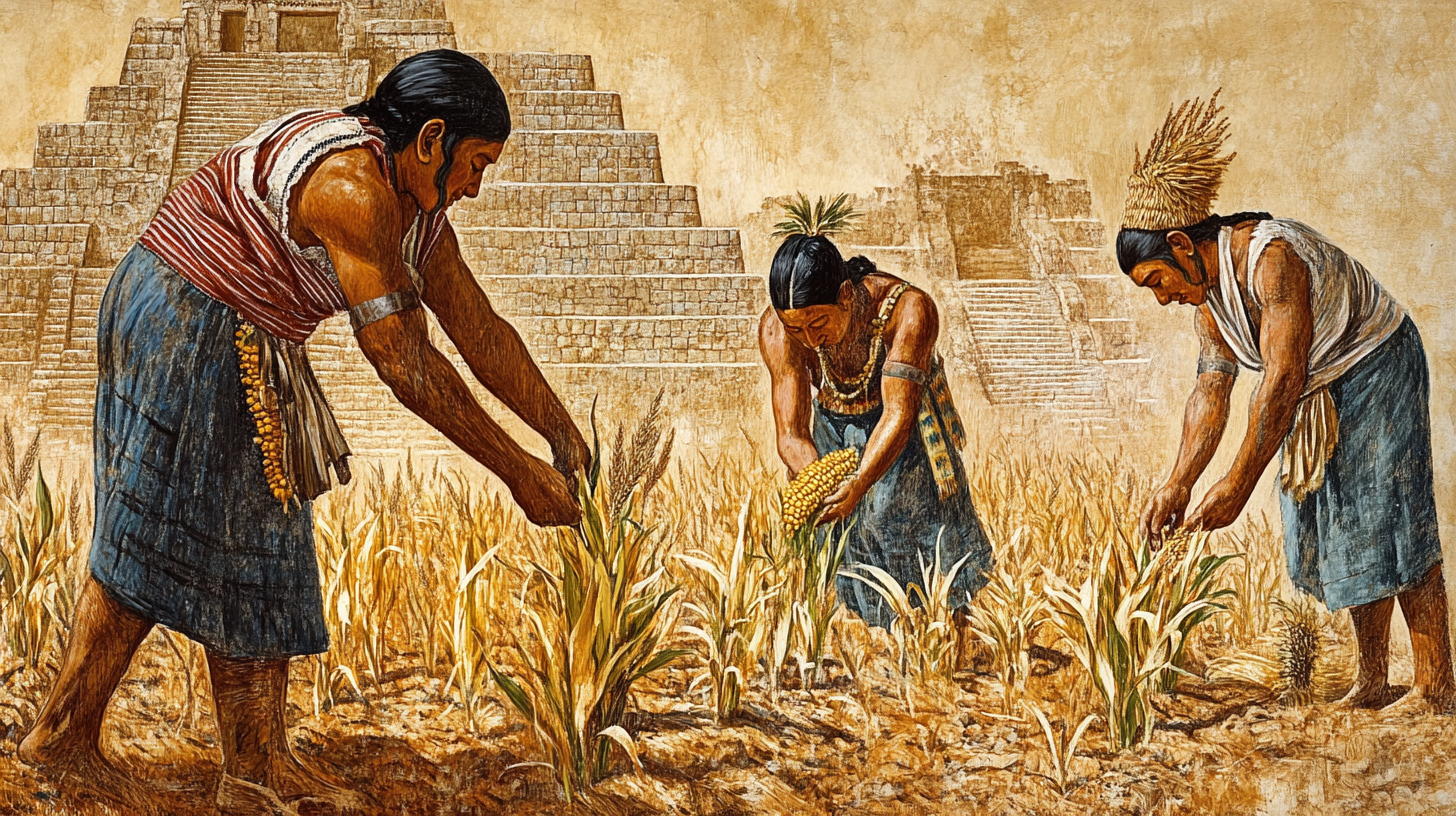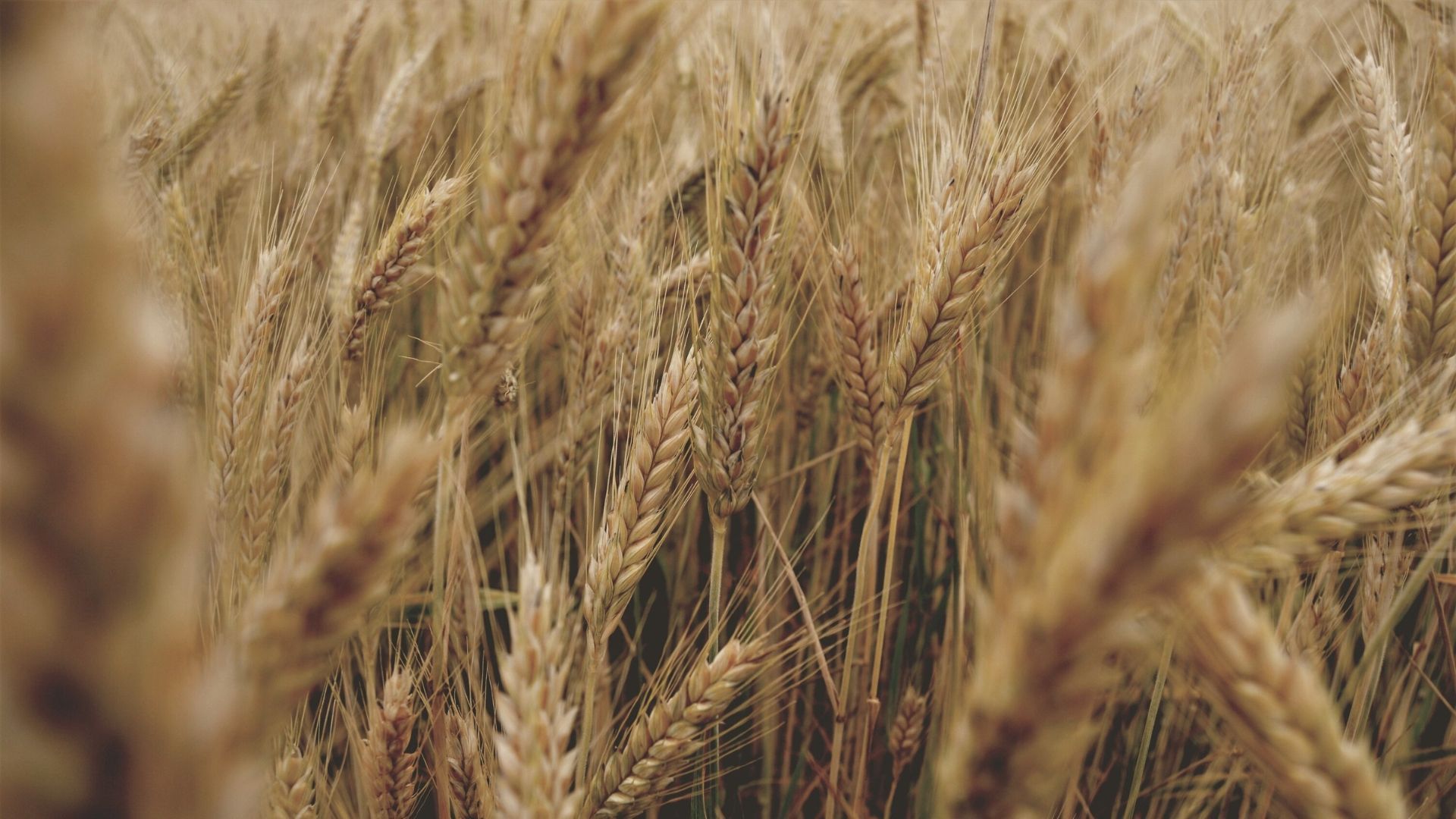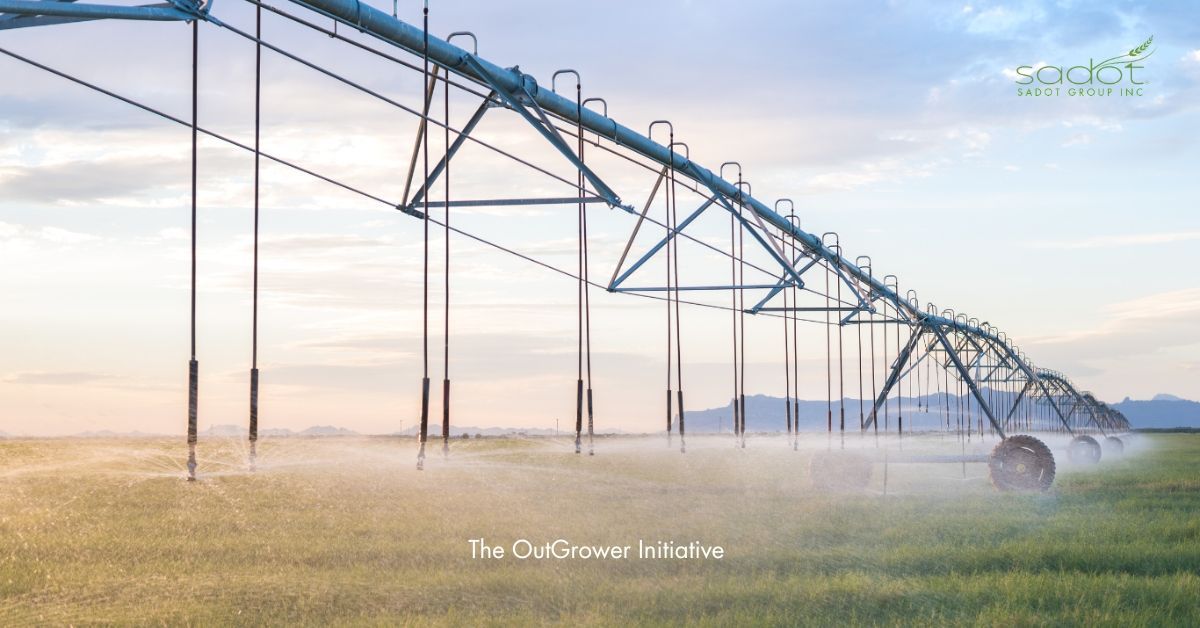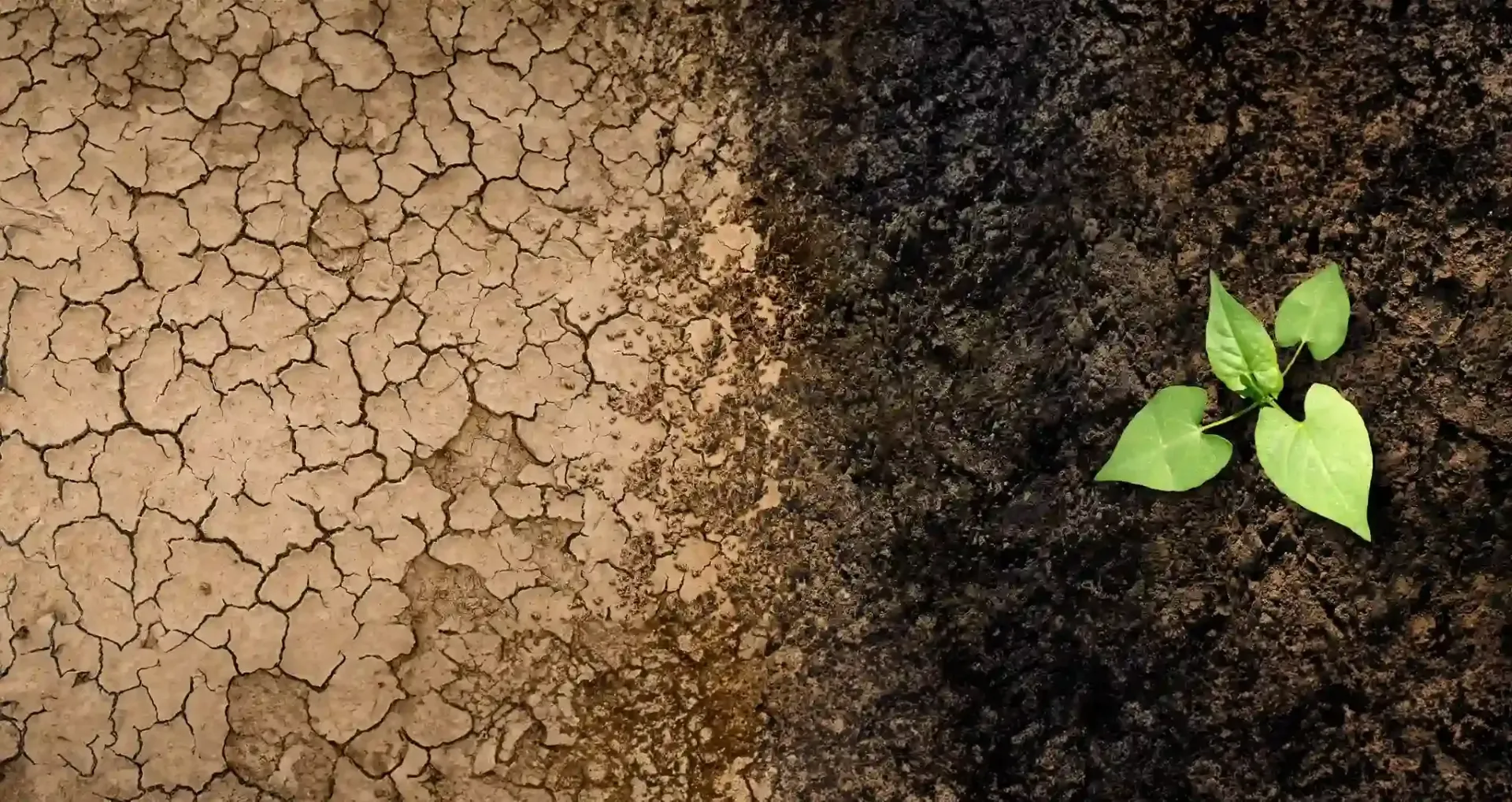Corn: The Versatile Crop That’s Changing the World
Corn, also known as maize, is one of the most widely grown crops in the world. It has been a vital food source for thousands of years and continues to be essential today, not just as a staple in global cuisines but also in various industrial and sustainable practices. From ancient civilizations to modern agriculture, corn’s versatility extends beyond the dinner plate, making it a crop that fuels the future. Let’s explore corn’s rich history, its global culinary role, the many ways it’s used, and how it’s shaping a sustainable future.
The History of Corn: From Ancient Times to Modern Agriculture
Corn originated in Mesoamerica, where it was first cultivated by the Aztecs and Mayans over 9,000 years ago. These early civilizations relied heavily on corn as a staple food, using it to create tortillas, tamales, and other dishes that remain popular today. Corn held both cultural and religious significance, often seen as a gift from the gods.

As explorers from Europe reached the Americas, corn began its global journey. Introduced to Europe, Africa, and Asia, corn rapidly became an essential crop worldwide due to its adaptability to various climates and soils. Today, the United States is the world’s largest producer of corn, followed by China and Brazil. Corn farming has become an integral part of modern agriculture, with millions of acres dedicated to its cultivation.
Corn as a Staple Crop in Global Cuisines
Corn's ability to adapt to different climates has made it a global staple crop, featured prominently in cuisines across continents. In Latin America, corn is used to make tortillas, arepas, and tamales—dishes deeply rooted in the region's culture. In Africa, cornmeal (also known as maize meal) is used to prepare ugali and fufu, which serve as the base for many meals.
In the United States, corn appears in a variety of forms, from cornbread and polenta to grits and corn on the cob. Similarly, in Europe, polenta remains a popular dish made from ground corn. Corn is not just a food staple—it is a culinary cornerstone in many countries, offering both nutrition and versatility.


The Many Uses of Corn in Food and Beyond
Corn’s versatility extends far beyond its culinary uses. In the food industry, corn is used to produce corn syrup, corn oil, and cornstarch, which are found in countless processed foods. Corn is also the primary ingredient in the production of tortilla chips, popcorn, and breakfast cereals, making it a crucial component of modern diets.
But the uses of corn go beyond food. Corn is used in biofuel production, particularly in the creation of ethanol, a renewable energy source. It is also a key ingredient in bioplastics, biodegradable plastics that provide an eco-friendly alternative to petroleum-based products. The fibers from corn plants can even be used to produce paper and textiles, making corn a crop that impacts multiple industries.

Why Corn is Essential for a Sustainable Future
As the world focuses on sustainable agriculture and finding ways to mitigate climate change, corn has emerged as an important player. Corn farming has the potential to be more environmentally friendly through the use of sustainable practices such as crop rotation and conservation tillage, which help reduce soil erosion and improve water retention.

Additionally, corn-based biofuels like ethanol are seen as a key solution for reducing our reliance on fossil fuels. Ethanol burns cleaner than gasoline, producing fewer greenhouse gas emissions, which makes it an attractive option for countries looking to reduce their carbon footprint. Furthermore, the development of genetically modified corn varieties has improved yields and reduced the need for chemical pesticides, contributing to more sustainable farming.
Conclusion

From its origins in ancient Mesoamerica to its role in modern agriculture, corn continues to be one of the most versatile and important crops in the world. It is a cornerstone of global cuisines, a vital ingredient in a wide array of products, and a potential key to a more sustainable future. As we continue to innovate in agriculture and energy, corn’s influence will only grow, further cementing its status as a crop that’s changing the world.
Join Our Newsletter
And be advised when new content is coming up
News Letter











